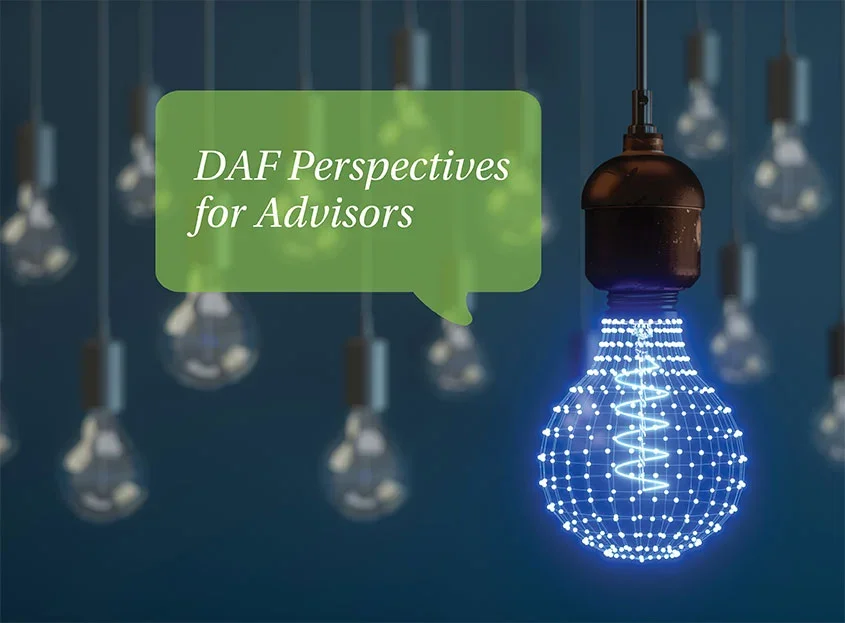Five Things for Advisors to Know About Next Gen Donors

The greatest wealth transfer in history has started.
Over the next 20 to 30 years, tens of trillions of dollars will move from baby boomers (or older) to younger generations, with estimates putting that figure around $30 trillion.
Advisors should be prepared. How well-versed are you in what next generation philanthropy looks like, and how to support it? Are you ready to cater for a new generation of highly engaged, impact focussed HNWIs, some of whom associate more closely with disruptive activism than the traditional family office?
Let’s look at five general trends in ‘next gen’ philanthropy that are worth paying attention to.
1. The next generation view the world differently. A recent survey shows that 74 per cent of millennials viewed themselves as philanthropists, compared to just 35 per cent of baby boomers. Why? Because next gens often integrate philanthropy into all aspects of their lives — what they choose to consume, where they invest and the wider impact those choices have on the world. Whether volunteering time or money, younger donors are drawn to social causes that inspire and invite their full engagement.
2. They are looking for new forms of philanthropy. Often, the real impact of next gen philanthropy lies beyond the traditional philanthropic funding and in innovative ways to drive social change through impact or ESG-related investments. Donor-advised funds can provide the flexibility and ease to try different forms of charitable giving. For instance, by investing DAF assets for impact, your clients can align their impact investment goals with their grantmaking goals to bring more resources to bear in addressing social and environmental challenges.
3. They value collaboration. The next generation of donors are more willing to join forces with others to tackle big social issues, such as global health, education or climate change. They have a genuine desire to work with their peers for bigger or better results, such is their commitment to impact. The younger generation often recognise others’ work and opportunities to co-fund.
4. A more diverse outlook. Year on year a greater percentage of personal wealth is controlled by women, which will keep rising as older societal habits fall by the wayside. This has an impact on how private wealth is invested. A recent Morgan Stanley poll stated that 84 per cent of women across generations are interested in investments that would bring social and environmental benefits to their society. With millennial investors, an even higher percentage (89 per cent of women and 81 percent of men) responded that they were interested in those investments.
5. They understand the old world and the new. They are digital natives and may be drawn to the instant advice from digital investment platforms or be swayed by charitable giving campaigns on social media. However, many also place a great deal of importance in human interaction, connectivity and creativity, which can’t be provided through tech alone.
While these trends are broad, they point to a changing philanthropic landscape. Advisors shouldn’t overlook the potential to help shape the next generation of philanthropy. Doing so may also encourage multi-generational learning and dialogue around the family business, or open up wider conversations about governance and structures, which will inevitably help as the wealth transfer continues. For more information and support, please contact us.

